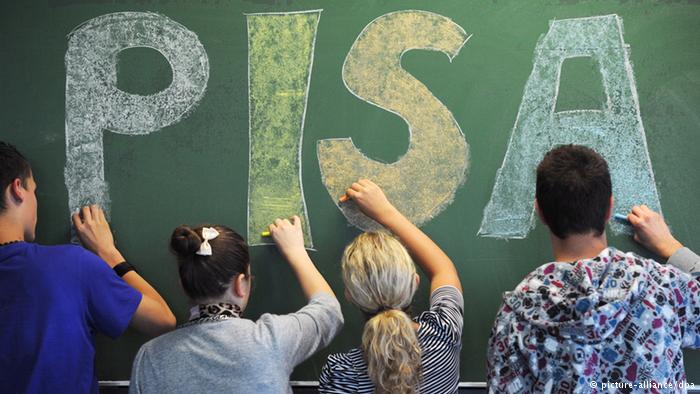How does the PISA stack up?
The PISA test, Program for International Student Award, is a test that evaluates school systems worldwide. Through standardized testing, it scores the knowledge of 15-year-old students in reading, mathematics, and science in roughly 70 different countries.
According to BBC news, Shanghai, China was ranked the highest in math and reading for the most recent PISA test, taken in 2012. The United States is falling behind with a rank of 24 in reading and 36 in math. But what differentiates the two school systems? What is Shanghai’s school system doing that helped its country rank number one in math and reading? Simple. China holds a much higher standard to do well academically by having the schools systems constantly changing their education programs. For example one reform made in Shanghai successfully moved away from traditional exams by creating one that included real life skills that helped improve the students grades.
Along with different styled exams, Shanghai, according to Asiansociety.org, “has an estimated 80% of students attending night and weekend schools,” in addition to their nightly homework and extracurricular activities. This vigorous academic lifestyle has most likely helped Shanghai’s students score higher on the PISA test than other countries.
Another reason the Shanghai school system may be doing so well is because of the actions and plans taken to enhance its school systems like improving substandard schools. A strategy used by Shanghai to help weak schools improve is the commissioned education program, which requires top preforming schools to administer weak schools. The top school will send a team of teachers and a principal to the less educated schools in hopes of improving their academic grades.
As Shanghai has clearly indicated, by its top rank in the PISA test, changing the exams to real life applications, helping weaker schools improve, and increasing the student’s workload could potentially help the United States climb the ranks in the PISA test.




